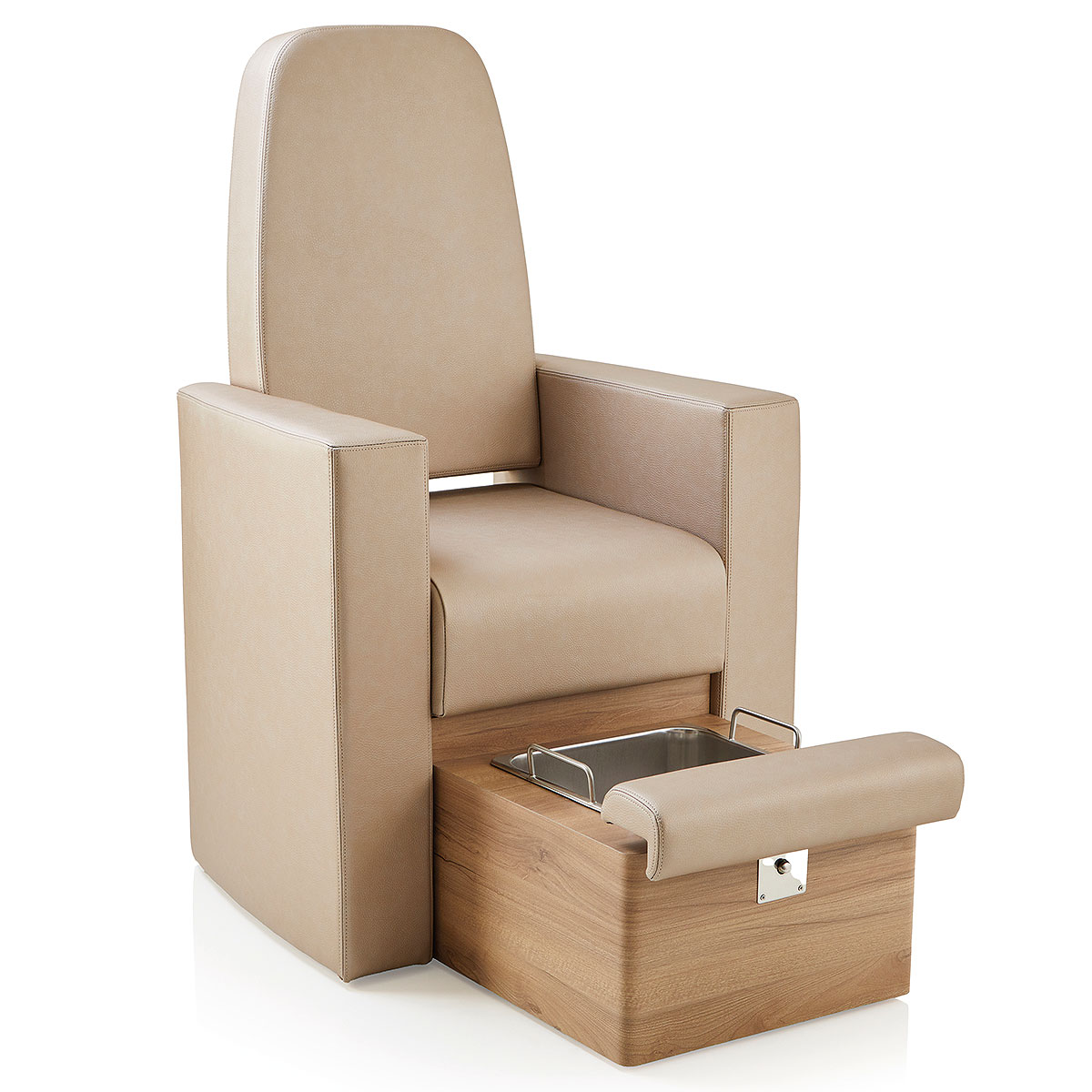Introduction
For many aspiring skilled trades professionals, entering a trade school is the first major step toward a rewarding and hands-on career. But if you’re in California and planning to enter an apprenticeship program, you’ll likely encounter an important form known as the das 142. While it may seem like just another piece of paperwork, it plays a critical role in connecting potential apprentices to training providers and ultimately securing admission into a program.
In this article, we’ll explore exactly what the DAS 142 is, why it matters, how it impacts trade school admissions, and what you need to know to complete it successfully.
Understanding the DAS 142
What is the DAS 142?
The DAS 142 is the “Apprentice Dispatch Request” form used by the Division of Apprenticeship Standards (DAS) in California. It serves as a formal request from an employer to a state-approved apprenticeship program to dispatch apprentices for employment and training.
In the context of trade school admissions, the DAS 142 often acts as a bridge between employers, apprenticeship programs, and the state, ensuring that prospective apprentices are placed into structured, registered programs that meet state standards.
Why It’s Required
The DAS 142 isn’t just a formality—it’s a requirement under California’s apprenticeship regulations. It ensures that every apprentice entering the system is registered with the state, enrolled in a recognized program, and matched with the right employer or sponsor. Without it, an individual cannot officially start their apprenticeship, even if they’ve been accepted into a trade school.
The Connection Between the DAS 142 and Trade School Admissions
A Gateway to Apprenticeship Programs
Trade schools that offer apprenticeship-based training often require students to have a DAS 142 completed before beginning their program. This ensures students are legally recognized as apprentices and can participate in both the classroom and on-the-job training portions of the program.
Ensuring Compliance and Proper Placement
Completing the DAS 142 also guarantees that the apprentice’s training meets state and federal standards. This benefits both the student and the employer by:
- Ensuring fair wages under apprenticeship law
- Providing structured training curriculum
- Protecting the apprentice’s rights under state labor regulations
By integrating the DAS 142 into admissions, trade schools ensure they are aligning with state-approved training standards.
Step-by-Step Process for Completing the DAS 142
Step 1: Obtain the Form
The DAS 142 form can typically be obtained directly from your prospective employer, the trade school, or the California Division of Apprenticeship Standards website.
Step 2: Employer Completes the Request
The employer—often a contractor or company working in the skilled trades—fills out the DAS 142 to formally request the dispatch of an apprentice from a state-approved apprenticeship program. This includes:
- Employer name and address
- Details of the trade or craft
- Number of apprentices requested
Step 3: Submit to the Apprenticeship Committee
Once completed, the DAS 142 is submitted to the appropriate apprenticeship committee, which matches the request to available apprentices (including new applicants).
Step 4: Verification and Admission
After the committee verifies the request, the trade school can process the student’s admission into the apprenticeship program. This ensures a seamless start to both classroom instruction and paid, on-the-job training.
Benefits of the DAS 142 in the Admission Process
Clear Communication Between Parties
One of the biggest benefits of the DAS 142 is that it provides a formalized, documented process for matching apprentices with employers. This minimizes confusion and delays in starting training.
Legal and Regulatory Compliance
Because apprenticeship programs are regulated at both the state and federal levels, the DAS 142 ensures all legal requirements are met before an apprentice begins work.
Structured Training for Long-Term Success
By requiring the DAS 142 during admissions, trade schools ensure that their students are not just gaining classroom knowledge but also practical, hands-on experience in a real-world environment.
Common Mistakes to Avoid When Handling the DAS 142
Incomplete or Inaccurate Information
Providing incorrect details—such as wrong employer information or trade classification—can cause delays in placement and admission.
Late Submission
Waiting too long to submit the DAS 142 may result in missed start dates for apprenticeship programs, pushing back your training timeline.
Misunderstanding the Purpose
Some applicants treat the DAS 142 as optional paperwork, when in reality, it’s a mandatory step for starting any registered apprenticeship in California.
How Trade Schools Can Support Applicants with the DAS 142
Providing Guidance and Templates
Many trade schools help applicants by offering sample DAS 142 forms, detailed instructions, and even workshops to explain the process.
Liaising with Employers
Trade school admissions teams often work directly with local employers to facilitate DAS 142 requests, ensuring new students have the necessary documentation in place before classes begin.
Offering Pre-Apprenticeship Programs
Some schools offer pre-apprenticeship training, which helps students become more competitive candidates when an employer completes a DAS 142 on their behalf.
The Bigger Picture: DAS 142 and the Skilled Trades Workforce
Meeting Labor Demand
The skilled trades industry in California relies heavily on a steady stream of well-trained apprentices. The DAS 142 ensures that students are properly registered and ready to contribute to the workforce.
Strengthening Employer-School Partnerships
By working through the DAS 142 process, trade schools and employers build stronger relationships that benefit students, companies, and the industry as a whole.
Tips for Applicants to Streamline the DAS 142 Process
- Start Early: Begin discussing the DAS 142 with your prospective employer and trade school admissions office as soon as possible.
- Stay Organized: Keep copies of all submitted paperwork for your records.
- Follow Up: Contact the apprenticeship committee to confirm that your DAS 142 has been processed.
- Seek Assistance: Don’t hesitate to ask your trade school for help in completing the form accurately.
Conclusion
The DAS 142 may seem like just another form in the admissions process, but it’s far more than that—it’s the official link that connects aspiring tradespeople with approved apprenticeship programs, qualified employers, and state-recognized training. Without it, entry into an apprenticeship in California is simply not possible. For students, understanding the DAS 142 early can mean a smoother, faster, and more successful entry into trade school. For trade schools, integrating DAS 142 guidance into admissions ensures compliance, quality training, and stronger industry connections.



